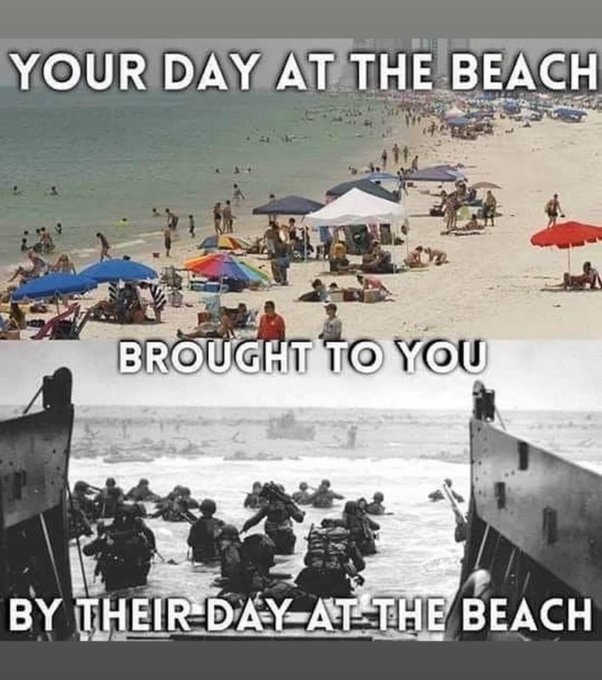Dear Moon has been canceled.
This is disappointing, but it’s only a temporary setback. There will be private missions to, around, and on the Moon.
Dear Moon has been canceled.
This is disappointing, but it’s only a temporary setback. There will be private missions to, around, and on the Moon.
No, there’s nothing noble about them, and in fact they are doing a lot of evil.
[Friday-morning update]
The Non-Profit Industrial Complex and the corruption of the American city.
And Jeffrey Carter says it’s time to blow it up.
[Bumped]
…and jury instructions.
This court would be an embarrassment to kangaroos.
[Late-afternoon update]
Well, we knew the fix was in.
As I just noted on X, “I am not now, and have never been a fan of Donald Trump. But in this lawless travesty of a “trial,” the Democrats just guaranteed he’ll get my vote.
I should add that, as a WY voter, I probably would have sat it out, but now I’ll vote for Trump just to boost his popular vote, since these felons against the Republic seem to make such a big deal about that.”
And in fact the kangaroos are upset.
[Friday-morning update]
John Hinderaker compares Trump’s trial to mine.
I think that Texas should charge Mayorkas and Biden with aiding and abetting child and drug trafficking.
[Update a while later]
These corrupt anal orifices probably just handed Trump the election.
[Update a while more later]
Welcome to Venezuelamerica.
Yes, I fully expect this insanity to come to America.
SCOTUS may finally shrink it.
Looks like, due to their negligence in Ohio, the Democrats are stuck with Joe.
The failure will continue until there is accountability.
Unfortunately, there will be no opportunity for accountability until November.
It’s a time for recollection, not celebration.
Like the 4th of July, too many of our holidays have lost their meaning, becoming just an excuse for partying and a three-day weekend. When you grill your meat, think of those who lost so many holidays so that you could have yours.

[Update a few minutes later]

I suspect a lot of people are feeling this way. Which, of course, just means that the problem will get worse, until the system finally implodes.
SpaceX seems to be focusing on vehicle recovery for now.
This puts off early payload-delivery capability somewhat, but it could still happen this year.